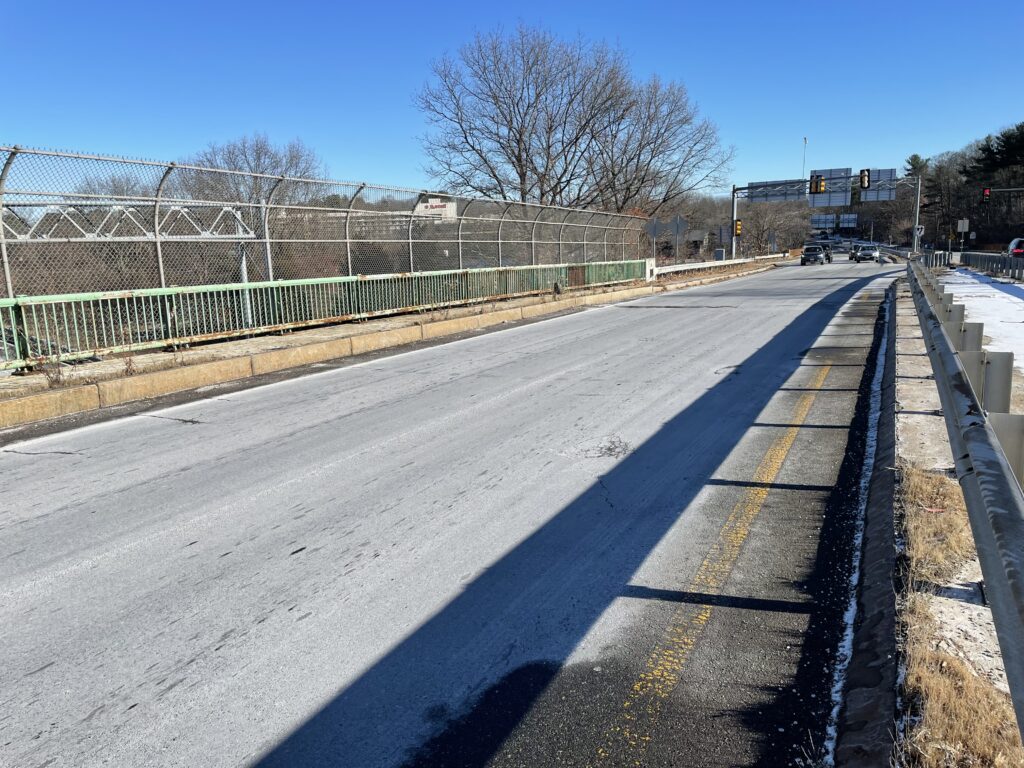Our Work
When clients in Boston and the surrounding region have big ideas, they come to Howard Stein Hudson. We design, plan, and coordinate complex engineering projects, providing unmatched focus on traffic and transportation solutions.
You may search our projects by services and market below.

Careers at HSH
Join the Team

The HSH Way
Our Approach















